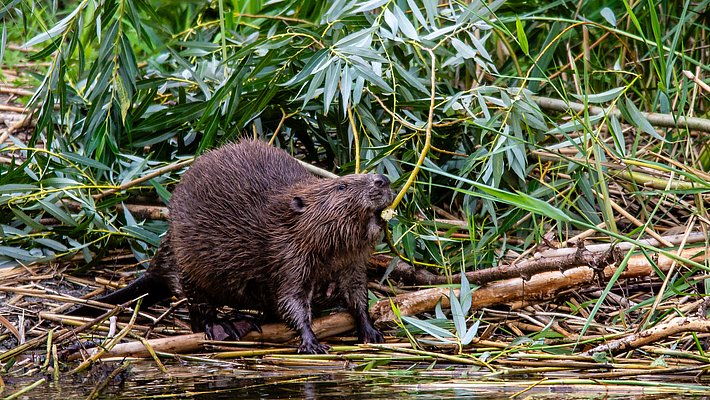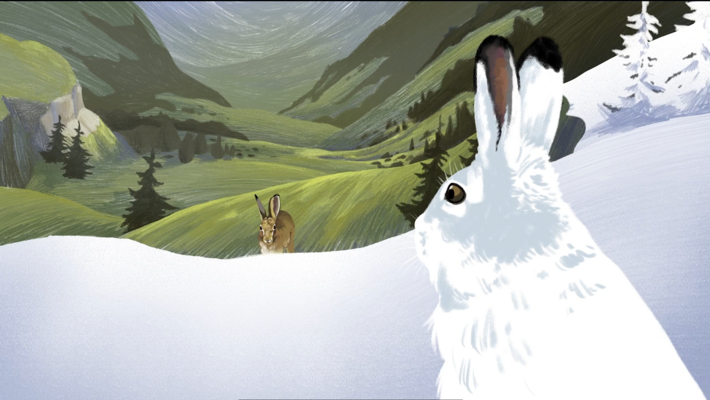Biodiversity is the diversity of life. We develop the scientific basis required for monitoring and promoting biodiversity in Switzerland and worldwide.
Biodiversity – genetic diversity, species diversity, habitat diversity and the interactions within and among these three levels – is the basis of our existence. After all, it is only due to high biodiversity that ecosystems can render ecosystem services, like clean water and stable soil. Biodiversity also contributes to our quality of life and to the recreational value of our environment. It is our responsibility to maintain biodiversity.
However, biodiversity is under threat, both in Switzerland and worldwide. Changes in land use, environmental pollution, invasive species and climate change all have a negative impact on biodiversity.
Research and application ¶
As a governmental research institute, we conduct both fundamental and applied research, for instance in the areas of biodiversity monitoring and analysis, mountain ecology, forest biodiversity, urban ecology and conservation biology. To monitor and promote biodiversity in Switzerland and worldwide, we are developing methods to measure biodiversity and its changes, for example using environmental DNA or automatic species recognition using artificial intelligence methods.
Measures to protect biodiversity are often costly. For that reason, it is important to monitor how successful they are. We develop methods for success monitoring and help to optimise implementation. We make the results of our research available for practical application and are in active exchange with the federal government, cantons and other stakeholders.
Changing diversity ¶
By drawing comparisons with historical data, we show how, on the one hand, changes in species diversity affected ecosystems. On the other hand, modelling ecosystem changes allows us to forecast the future development of species diversity. For our models, we use data measured in the field and in experiments, GIS data and data from remote sensing, which we evaluate with the help of automated image analysis, among other techniques.









